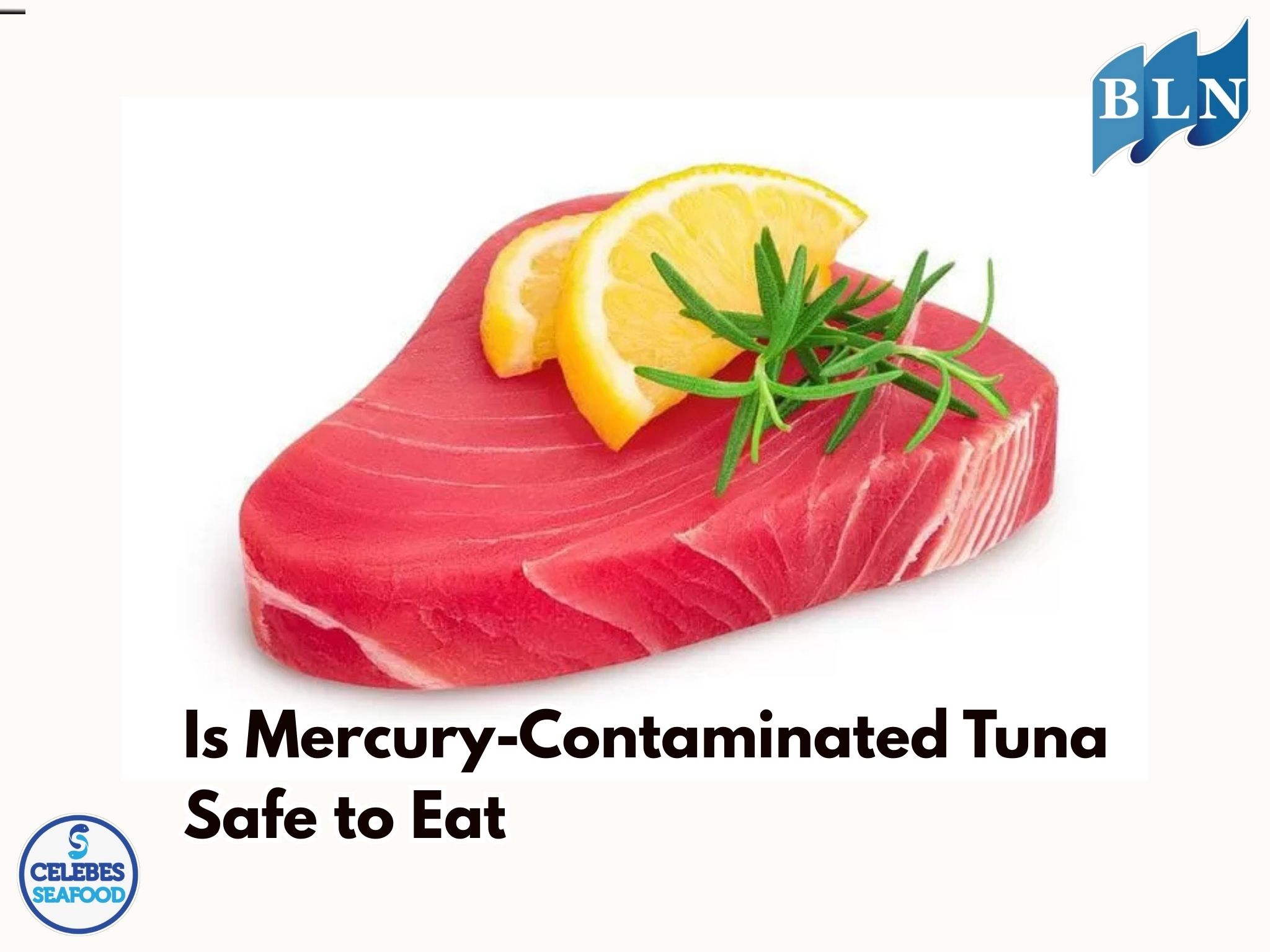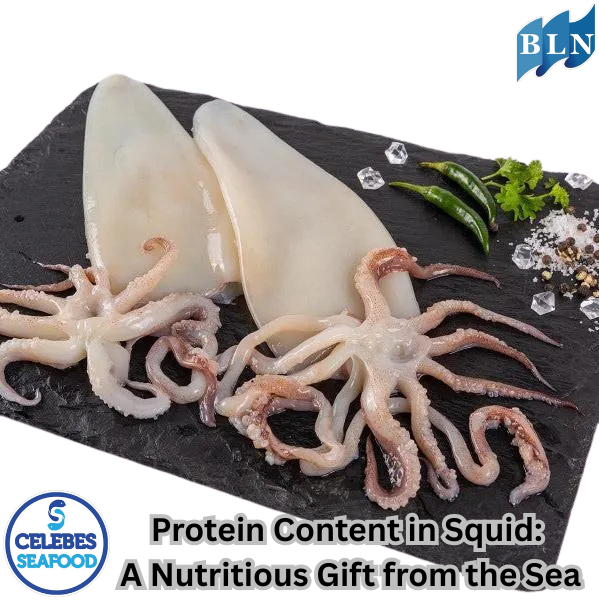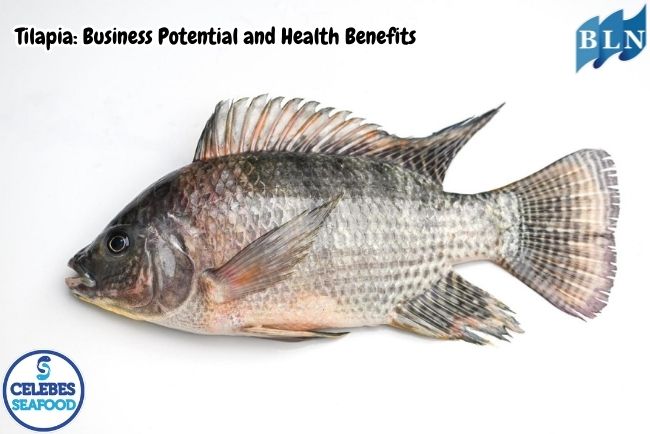Is Mercury-Contaminated Tuna Safe to Eat
By. Rani - 20 Aug 2025
lautnusantara.com Tuna is a highly nutritious and protein-rich saltwater fish. Unfortunately, it can contain high levels of mercury. As one of the most widely consumed fish species, tuna can accumulate high levels of mercury due to its position at the top of the food chain.
Mercury is a heavy metal that can cause a variety of serious health problems. This raises an important question: is tuna still safe to eat, especially in the long term? This article will discuss mercury levels in tuna in more detail, along with consumption guidelines to ensure it remains safe for your health.
1. Why Is There Mercury in Tuna?
Mercury can enter the ocean through natural events like volcanic eruptions and from human activities such as burning coal and industrial waste. Once in the water, bacteria convert mercury into methylmercury, a toxic form that builds up in fish.
Essentially, all marine organisms contain mercury, but the higher up the food chain, the more mercury they accumulate. Therefore, fish at the top of the food chain have the highest mercury levels. Larger and older fish accumulate more mercury over time, while smaller, younger fish tend to have lower levels.
2. The Dangers of Mercury
Mercury is a heavy metal that is odorless and invisible to the human eye. However, once it enters the body, it can act as a neurotoxin and disrupt the brain and nervous system.
Mercury is most dangerous for young children and pregnant women. As a child's brain develops, it absorbs nutrients rapidly. Mercury can affect this absorption, leading to learning disabilities and developmental delays. In infants and fetuses, high doses of mercury can cause cognitive difficulties, cerebral palsy, deafness, and blindness.
In adults, mercury poisoning can affect fertility and blood pressure regulation. Mercury poisoning can also cause the following symptoms:
-
Memory loss
-
Tremors
-
Vision loss
-
Numbness in hands and feet
3. Should You Limit Tuna Intake?
Yes. Given that tuna is one of the fish with high mercury content, it's important to limit your intake, especially for children. In general, the limits for children are equivalent to:
-
Ages 1–3: No more than 70 grams per week.
-
Ages 4–6: No more than 140 grams per week.
-
Ages 7–12: No more than 280 grams per week.
Additionally, you can opt for canned tuna instead of fresh tuna. Canned tuna tends to have lower mercury levels because it uses smaller tuna species. The raw material selection process for canned products also tends to prioritize fish with a lower risk of contamination to ensure safety for mass consumption.
4. Who Should Avoid It?
Certain populations are very susceptible to mercury and should avoid tuna. These groups include infants, young children, pregnant and breastfeeding women, and women who plan to become pregnant.
Mercury exposure can affect embryonic development and lead to brain and developmental problems. Therefore, it is crucial for pregnant women and infants to avoid mercury exposure in any form.
5. Safer Alternatives
Fortunately, there are safe alternatives to tuna. These fish are equally high in nutritional value but very low in mercury. They are also just as delicious and can be prepared in various ways.
Here are some alternatives to tuna:
-
Trout: Trout is an excellent substitute for tuna, both in canned and fresh forms.
-
Salmon: Salmon has lower mercury levels than canned tuna and can be made into a variety of dishes.
-
Sardines: Sardines are an excellent source of protein. They also contain more omega-3 fatty acids than tuna and offer the same nutritional benefits without the high mercury risk.
-
Mackerel: This firm, mild-flavored fish is low in mercury and comes from sustainable sources. Mackerel's texture and mild flavor make it as versatile as tuna.
-
Anchovies: Anchovies are low in mercury and rich in heart-healthy omega-3s, full of B vitamins, and a good source of protein, iron, and calcium. They also contain selenium, which can reduce cancer risk and protect the thyroid when consumed regularly.
-
Kipper: Kipper is relatively low in calories and cholesterol. It's also high in omega-3 fatty acids and is a good source of protein.
Mercury exposure is linked to various health problems. While tuna is highly nutritious, its mercury content is also high compared to most other fish. Although you don't have to completely avoid tuna, it is important to limit your consumption to moderate amounts and not eat it every day.
For individuals who are vulnerable to mercury exposure, it is best to consult with a doctor before consuming tuna.
If you are interested in our WAHOO NATURAL CUT FILLET SKIN ON, WAHOO QUARTER CUT FILLET SKIN ON please do not hesitate to contact us through email and/or whatsapp





.jpg)

